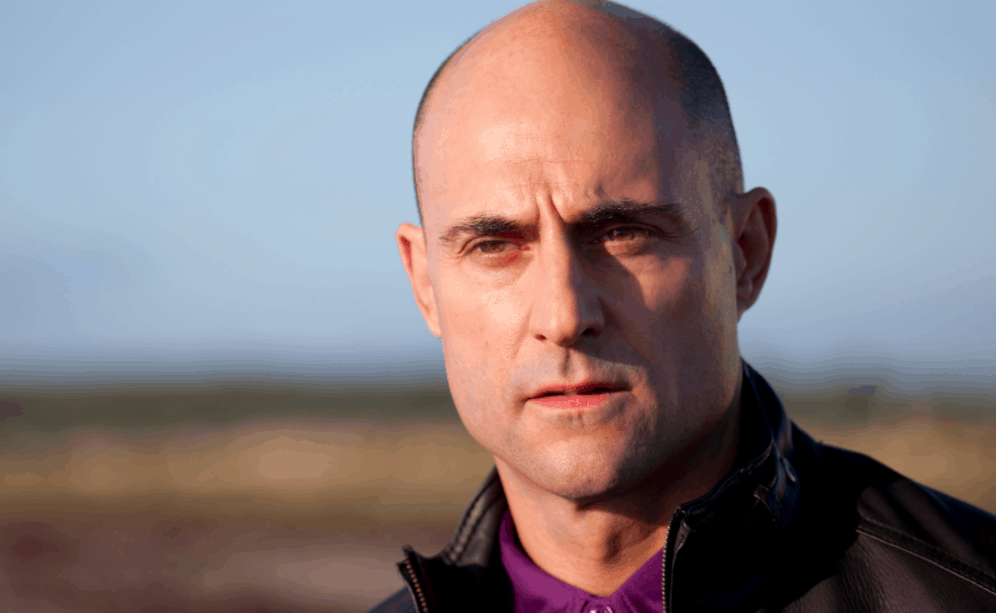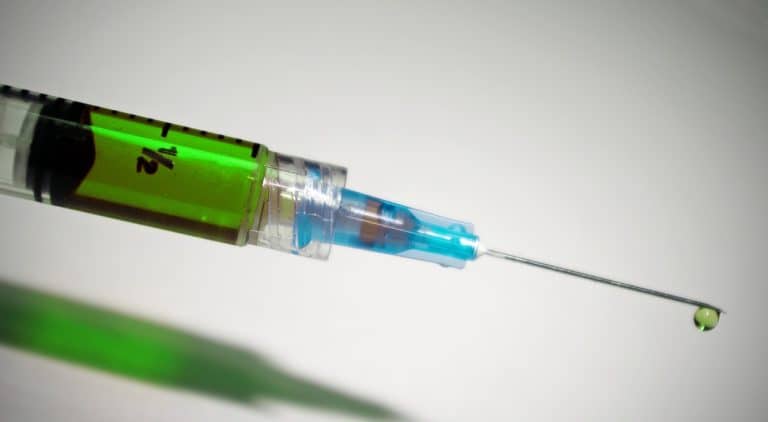Results of a new study suggest a link between premature balding and prostate cancer risk. In fact, the authors reported that any type of balding at age 20 may double a man’s risk of prostate cancer.
The link between balding and prostate cancer has to do with hormones: the same male hormones (androgens) involved in hair loss also have a role in prostate cancer. More specifically, the conversion of testosterone to dihydrotestosterone (DHT) has been linked to balding, while blocking this conversion using the drug finasteride has been shown to successfully treat baldness and to also reduce the incidence of prostate cancer.
In the new study, Dr. Philippe Giraud, from the European Georges Pompidou Hospital in Paris, and his team evaluated balding patterns and the progression of prostate cancer in 388 men who were diagnosed with the disease between the ages of 46 and 84. A group of 281 healthy men were included for comparison.
All the men were asked if and when they had experienced balding in their younger years, when hair loss began, and especially what type of hair loss they had had at 20, 30, and 40. The investigators found that 37 men who had prostate cancer and 14 of the healthy men had experienced some type of balding at age 20.
Giraud and his team noted that any type of hair loss at age 20—a receding hairline, a bald patch at the top of the head, or both—was associated with a twofold increased risk of prostate cancer, and that no one type of balding was more predictive than others. Men who began balding in their 20s or older did not show an increased risk for prostate cancer or of developing more aggressive tumors.
The investigators emphasize that it is too early in this line of research to conclude premature balding at 20 increases the risk of prostate cancer. However, as noted by Dr. Nelson Neal Stone, a clinical professor of urology and radiation oncology at Mount Sinai School of Medicine, “the study is food for thought.” Further research may help experts determine whether balding at 20, or balding at another age, can be used as a screening tool for prostate cancer.
Read more in our Prostate Cancer Health Center.
References
European Society for Medical Oncology, news release, February 15, 2011
Stone NN, MD, clinical professor, urology and radiation oncology, Mount Sinai School of Medicine
Yassa M et al. Male pattern baldness and the risk of prostate cancer. Annals of Oncology 2011; 22(8): 1824-27







